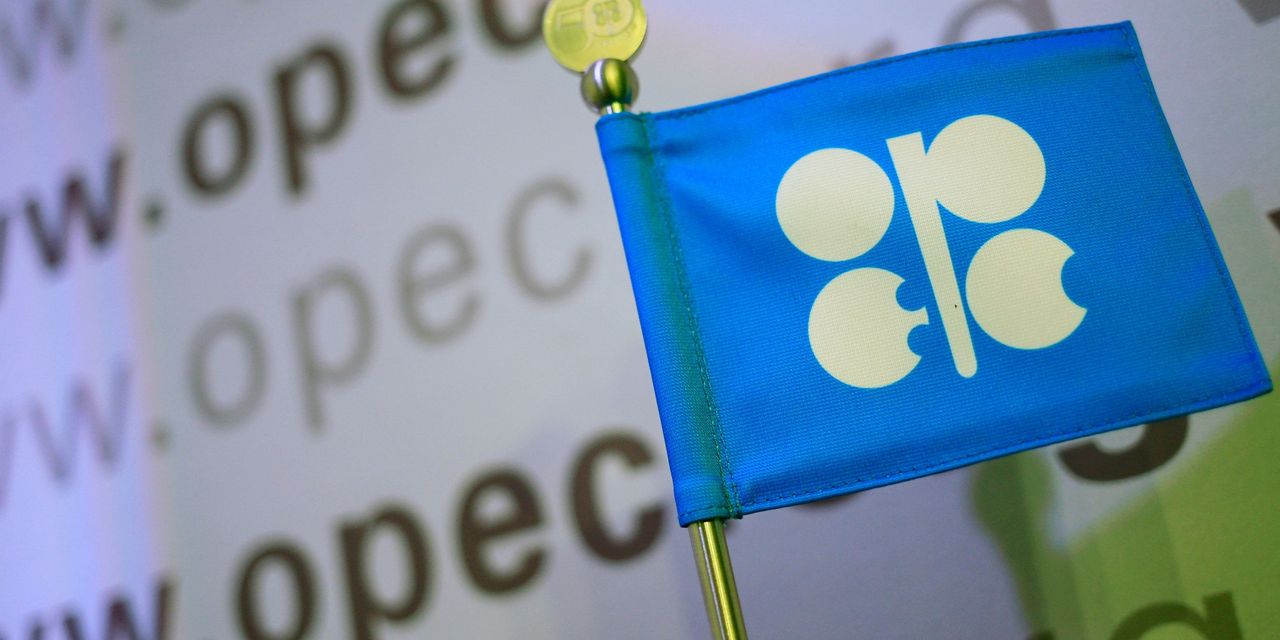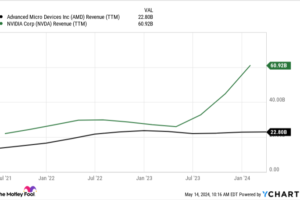
The group of major oil producers known as OPEC+ may keep its production plans in place even as crude oil prices trade at about their highest levels since 2008, and the International Energy Agency warns that the world may soon lose three million barrels of Russian oil a day.
When the Organization of Petroleum Exporting Countries and their allies last met on March 2, the Russian invasion of Ukraine was less than a week old, and the producers stuck to their plan for gradual production increases. Since then, oil prices CL.1, -2.59% CLK22, -2.59% BRN00, -2.03% BRNK22, -2.33% touched their highest levels since 2008 on concerns about the loss of Russian oil.
The next meeting of OPEC+ is scheduled for March 31.
“Russia is a key part of the ‘plus’ portion of OPEC+, so their participation is important,” says Marshall Steeves, energy markets analyst at S&P Global Commodity Insights. That’s a key concern amid the war in Ukraine, along with any sanctions announced following this week’s NATO meetings, he says.
On Thursday, U.S. President Joe Biden announced the roll out of more sanctions against Russia, including measures against 48 large Russian state-owned enterprises that are part of that country’s defense-industrial base and produce weapons that have been used in the invasion.
Meanwhile, the European Union has been considering a ban on the purchase of Russian oil. The U.S. banned Russian energy imports, and the United Kingdom said it would phase out imports of Russian oil by the end of the year.
A complete loss of Russia oil output could send Brent futures above $200 a barrel, says Steeves.
““Russia is a key part of the ‘plus’ portion of OPEC+, so their participation is important.””
In a March 16 monthly report, the IEA said that three million barrels a day of Russian oil supply may be cut off from global markets starting next month, after some Western nations levied harsh sanctions on Moscow and some traders, energy companies, and shipping firms shun Russian crude.
Russia’s oil exports affect “various geographies differently,” says Regina Mayor, KPMG global head of energy. For the U.S., there is “very minimal impact,” as Russian crude imports represent only 2% of supply. However, Europe is the most reliant on Russian imports, most notably for natural gas, she says. “It will be a challenge for the EU to switch quickly to other sources.”
Russia exported 7.8 million barrels a day of crude and condensate, as well as oil products, in December 2021, according to the International Energy Agency.
The “severity of restrictions” will be crucial in determining how many countries buy Russian oil, and that is an “evolving process,” says Eric Chenoweth, senior investment analyst at Scout Investments. Trade flows may need to make “hard adjustments—shifting from pipelines to tankers,” for example.
Earlier this month, the Biden administration was looking to ease oil sanctions on Venezuela to help lower prices, The Wall Street Journal reported. There have also been talks between world powers and Iran to revive the 2015 nuclear deal, which would probably lead the U.S. to ease Iranian oil sanctions.
It’s clear that the U.S. is looking to these countries as potential new supply sources, but investors aren’t likely to rush to fund new output in “riskier jurisdictions,” said Chenoweth. The United Arab Emirates is one of the “standouts that could add barrels sooner.” The IEA says Saudi Arabia and the U.A.E. hold most of global spare capacity.
Despite tight supplies, OPEC+ has so far stuck to its plan to raise monthly production by 400,000 barrels a day.
Chenoweth says OPEC+ may be largely out of spare production capacity by the end of 2022, so he doesn’t expect it to deviate much from its output plan at the March 31 meeting. The IEA has said that even if OPEC+ boosts output beyond the current plan, it would take about four to eight weeks for the extra Persian Gulf barrels to reach consuming markets.
There isn’t a whole lot OPEC can do in the short run, Chenoweth says. The group would have to “go through an investment cycle before it is able to add significant capacity beyond what it will reach this year.”
















Add Comment